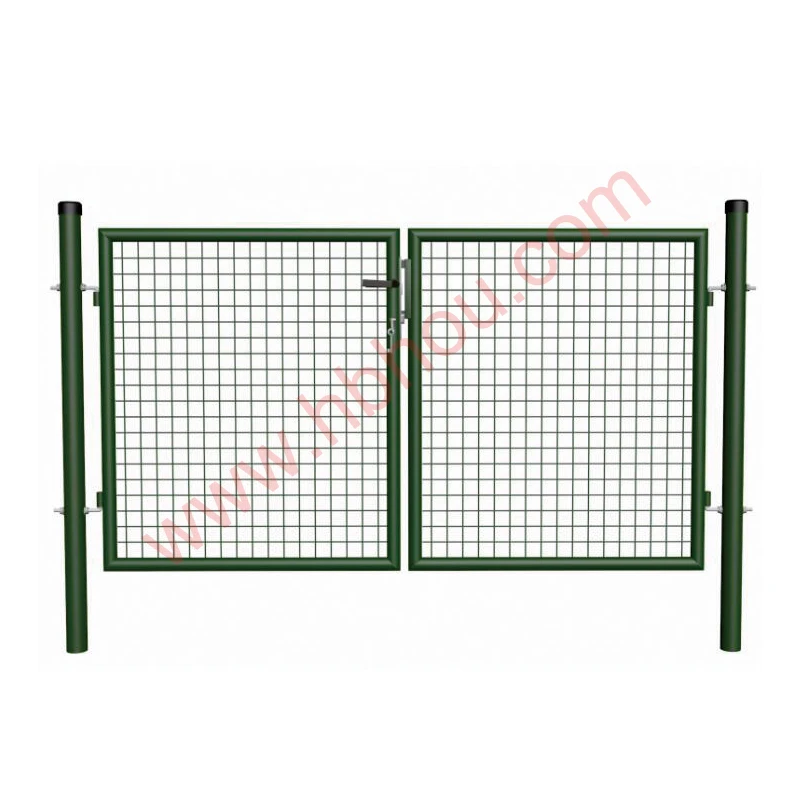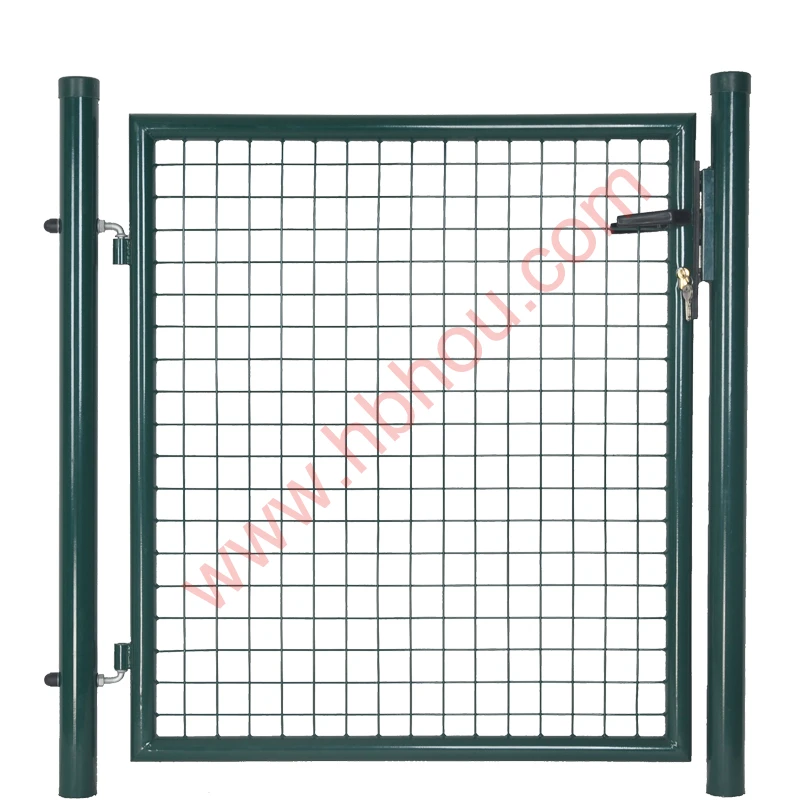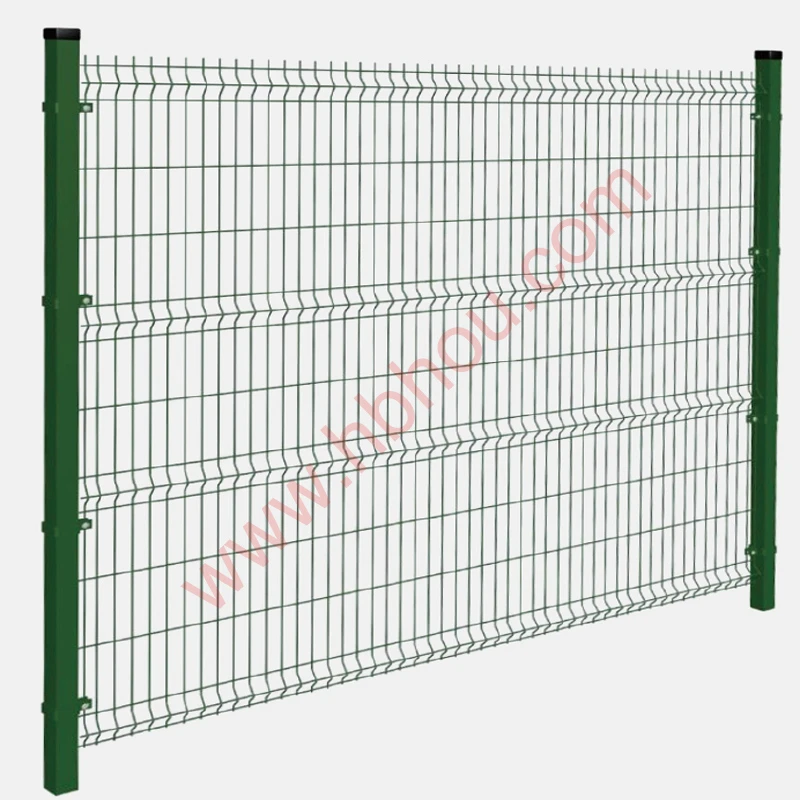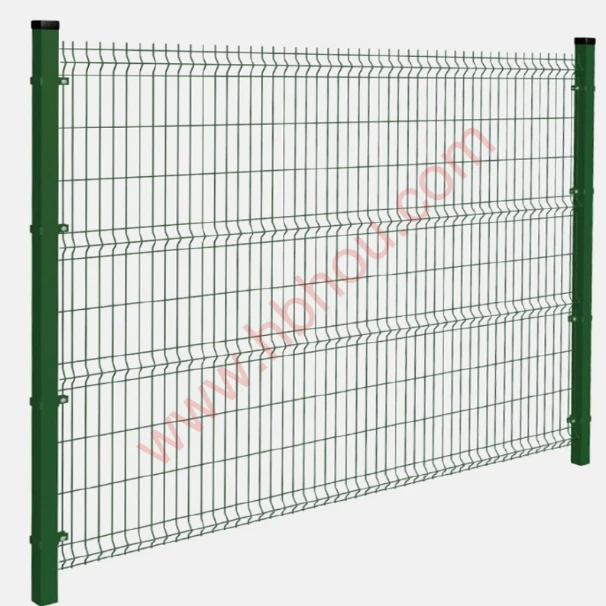Gabion and Sleeper Walls A Sustainable Solution for Modern Landscaping
In recent years, the use of gabion and sleeper walls has gained significant traction in both residential and commercial landscaping projects, driven by their aesthetic appeal, environmental sustainability, and structural benefits. These innovative techniques offer a blend of functionality and creativity that can enhance various outdoor spaces.
What are Gabion Walls?
Gabion walls consist of cages filled with rocks, stones, or other materials, typically made from steel wire mesh. The term gabion originates from the Italian word gabbione, meaning big cage. These walls have been utilized for centuries, primarily in civil engineering projects for erosion control and slope stabilization. Today, they are increasingly employed in landscaping to create visually striking features.
One of the most significant advantages of gabion walls is their permeability. The open structure allows water to flow through, reducing hydraulic pressure and preventing soil erosion. This characteristic makes them an excellent choice for areas prone to heavy rainfall, as they help manage stormwater and maintain the integrity of the surrounding landscape.
What are Sleeper Walls?
Sleeper walls, on the other hand, are typically made from wooden railway sleepers or concrete blocks. They serve multiple purposes, including acting as retaining walls, garden borders, or steps in sloped areas. The rustic look of wooden sleepers infuses natural charm into any landscape design, while concrete options provide a more modern and disciplined appearance.
Sleeper walls are incredibly versatile. They can be used to create raised beds for gardens, providing an organized structure for planting. Gardeners appreciate the ability to control the soil quality in raised beds, which can yield better growth outcomes. Additionally, sleeper walls can delineate different zones in a garden, establishing clear boundaries that enhance the overall design.
gabion and sleeper wall

The Benefits of Gabion and Sleeper Walls
Both gabion and sleeper walls offer numerous benefits that make them appealing to homeowners and landscapers alike. From a sustainability perspective, these materials are often recycled or sourced from local quarries, minimizing transportation costs and reducing the environmental footprint of construction projects. Gabion walls utilize natural stone, while sleeper walls can be made from reclaimed wood, contributing to eco-friendly practices.
Moreover, both wall types require minimal maintenance. Gabion structures are durable and resistant to weathering, while sleeper walls can withstand varying climatic conditions if properly treated. This longevity means that both options represent a cost-effective solution over time, as they do not necessitate frequent repairs or replacements.
Aesthetic Appeal and Design Flexibility
When it comes to aesthetics, gabion walls can be customized to fit any design style. They can be built in various shapes and sizes, offering creative possibilities for landscaping designs. Stones of different colors and textures can be used to achieve unique looks, blending seamlessly with the natural surroundings.
Sleeper walls also provide a canvas for creativity. They can be arranged in tiered systems to combat steep slopes or introduced in a way that complements other garden features such as plants, pathways, or water features. Their adaptable nature means they can suit traditional or contemporary designs.
Conclusion
Gabion and sleeper walls represent a modern, sustainable solution to landscaping that marries function and beauty. Their versatility, durability, and minimal maintenance requirements make them ideal for various applications, from residential gardens to public parks. As the demand for sustainable landscaping solutions continues to grow, these wall systems are poised to play an essential role in shaping our outdoor spaces. Embracing gabion and sleeper walls not only enhances aesthetic appeal but also supports responsible environmental practices, making them a valuable investment for the future.















